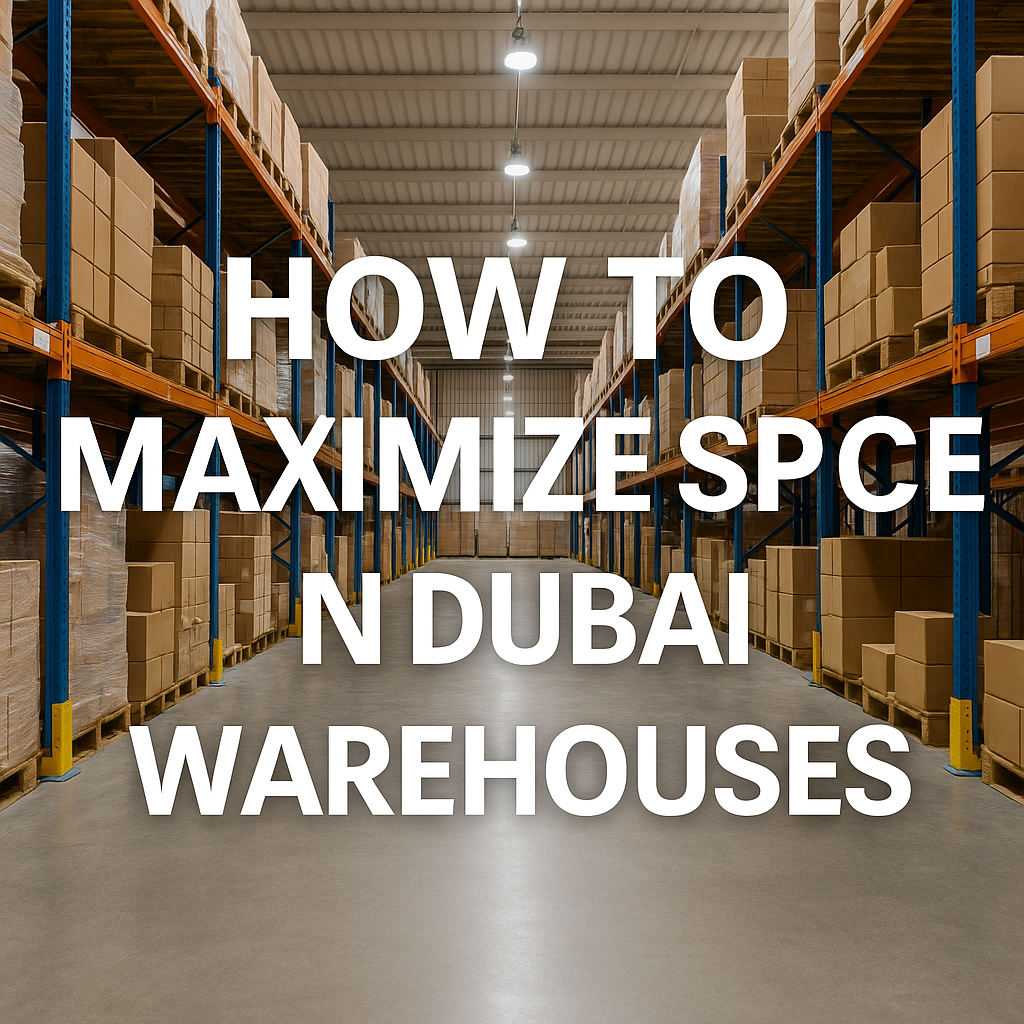
Dubai’s strategic position as a global logistics hub demands that warehouse operators manage space with precision. With real estate costs continually rising and demand for storage skyrocketing—especially in areas like Jebel Ali, Dubai Industrial City, and Al Quoz—maximizing every square meter of warehouse space isn’t just smart, it’s essential.
Whether you’re running an e-commerce fulfillment center, a retail distribution hub, or a manufacturing facility, optimizing your storage layout can dramatically improve efficiency, reduce costs, and enhance scalability. Here’s how to make the most out of your warehouse space in Dubai.
1. Conduct a Space Utilization Audit
Before implementing any changes, conduct a detailed audit of your existing space. Use warehouse management systems (WMS) or manual layout evaluations to answer these questions:
- Are there unused vertical or overhead spaces?
- Are aisles wider than necessary?
- Are SKU locations optimized for pick frequency?
An audit helps identify wasted space and pinpoints areas for improvement.
2. Invest in the Right Racking System
Racking systems are the backbone of space-efficient warehouses. In Dubai, where climate and high throughput matter, choose materials and designs suited for the environment and business model. Options include:
- Pallet Racking: Ideal for bulk storage and high turnover inventory.
- Drive-In/Drive-Thru Racking: Great for LIFO/FIFO inventory strategies.
- Cantilever Racks: Best for long and bulky items.
Customizable racking can be tailored to the product types, weights, and turnover rates your operation requires.
3. Utilize Vertical Space
Many warehouses in Dubai underutilize vertical real estate. High-rise racking systems and mezzanine floors can double or triple your usable area without expanding your footprint.
- Mezzanine Flooring: Add an additional level for storage, office space, or packaging.
- High Bay Racking: Allows stacking products much higher, especially when paired with forklifts designed for height.
Always ensure compliance with Dubai Civil Defence (DCD) fire safety and load-bearing regulations when modifying height.
4. Implement Smart Inventory Practices
Overstocking and poor inventory turnover can consume valuable space. Adopt lean inventory principles to maintain only essential stock and improve forecasting. Use:
- ABC analysis: Prioritize fast-moving items near the front.
- Batch picking zones: Reduce walking time and increase pick efficiency.
A WMS can help monitor movement and suggest layout improvements over time.
5. Automate and Digitize Operations
Dubai is embracing smart logistics. Automation tools such as conveyors, mobile robotics (AGVs), and automated storage and retrieval systems (AS/RS) are increasingly accessible. Benefits include:
- Reduced aisle width (no human access required)
- Higher stacking precision
- Faster order fulfillment
IoT sensors and AI-driven systems can also offer real-time monitoring of space and usage.
6. Design for Scalability
Dubai’s logistics growth isn’t slowing down. Design your warehouse for scalability:
- Modular racking that can be expanded
- Mobile shelving for flexibility
- Pre-wired systems for adding new tech infrastructure
Future-proofing your warehouse reduces downtime and costs when scaling operations.
Conclusion
In Dubai’s dynamic logistics landscape, space efficiency is not a luxury—it’s a necessity. From strategic layout design to smart racking and automation, warehouse operators have multiple tools at their disposal. By taking a proactive and data-driven approach to space utilization, businesses can not only cut costs but also boost performance and readiness for future growth.